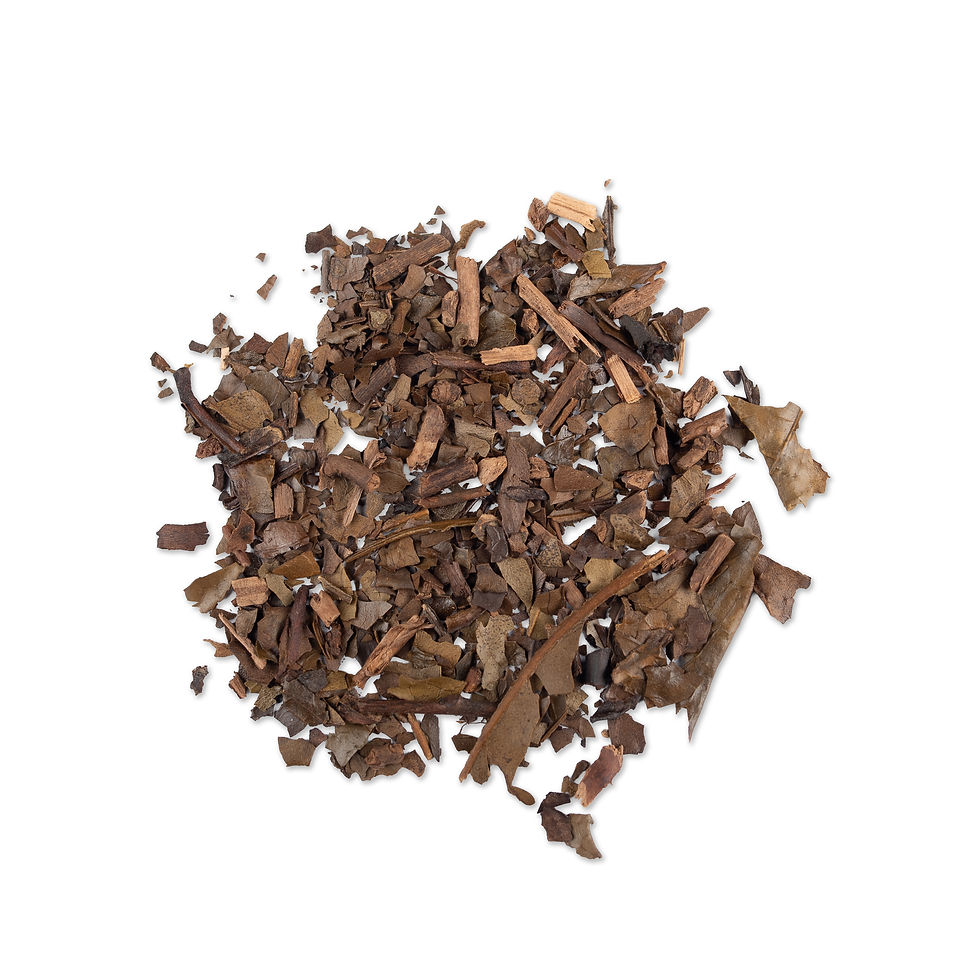NARA TSUKIGASE WAKOCHA
Category: Red Tea
Origin: JAPAN, Nara Prefecture, Tsukigase Village
Cultivar: Beni Homare
Quantity: 30g per pack
Harvest: Spring (May)
Other: Organic farming
Location:
Nara was the first Capital of Japan built during the Nara Period (710-794). It is also the place where tea was allegedly brought to Japan from China in the year 806 by the Buddhist monk Kukai, also known as Kobo Daishi. He gave the seeds to his brother Kenne who planted them in the Butsuryu-ji temple (nowadays called Uda city).
The earliest record of tea drinking in Japan can be found in the Shoku Nihon Kouki (続日本後紀), which is a history text completed in 869. Eichu (another monk who travelled to China with Kukai) offered tea to Emperor Saga in 815, who subsequently decided to encourage the drinking and cultivation of tea in Japan at the beginning of the Heian period. Tea is said to have been cultivated in some monasteries during that period but it really developed from 1200 in Kyoto when another famous monk called Eissai, founder of the first Zen temple in Japan brought tea seeds from China.
The Yamato Plateau is a mountainous area in the northeast side of the Nara Prefecture. It is a very favourable area for growing high quality tea because of short daylight hours and the high temperature difference between day and night. Being really developed from the Meiji Period (1868), Tsukigase is one of the most reputable localities known for producing Yamato Tea.
Tsukigase also became known for its production of red tea during the same period, as there was a large demand from Europe. Red tea seeds were then introduced by Tada Motokichi who had travelled to China and India in order to learn about red tea manufacturing methods.
Description:
Our selected Tsukigase Wakocha is made from the Beni Homare (Red Honour) cultivar, which happens to be the first red tea cultivar in Japan coming from the tea seeds brought back from India and it was also the first officially registered cultivar in Japan, having the No 1.
Beni Homare natural leaves are big and of dark green color and the liquor has a beautiful tone, between amber and red.
Red tea in Japan is now mostly made from the descendants of Homare (mainly Benifuuki) offering a more commonly liked taste profile.
This cultivation is pesticide and fertilizer free and has one more particularity: the volcanic nature of its soil.
Due to its geology, the soil provides natural nutrition to the trees, contributing to give this tea a specific mineral aroma and taste, thus bringing a very interesting note to the Beni Homare, which is usually woody, soft but sometimes considered a bit flat.
Taste profile: This red tea is considered as a classic: well balanced in its tannin and astringency, with a soft woody aroma. The volcanic soil seems to enhance the acidity of the citrus notes. This goes extremely well with berries mousses and tarts. In Mandaracha Tea House we pair it with our raspberry cake.
Preparation:
4g (0.14oz) of leaves per serving
80ml of water at 90°C (194°F)
First brew: 45 seconds
Subsequent brews: 60 seconds
Cold brew: 10g of leaves for 1L of cold water. Brew for 12-15 hours in the fridge at 5°C. Filter the liquor in another bottle and keep it in the fridge. You may re-brew the spent leaves a second time as you like.

































